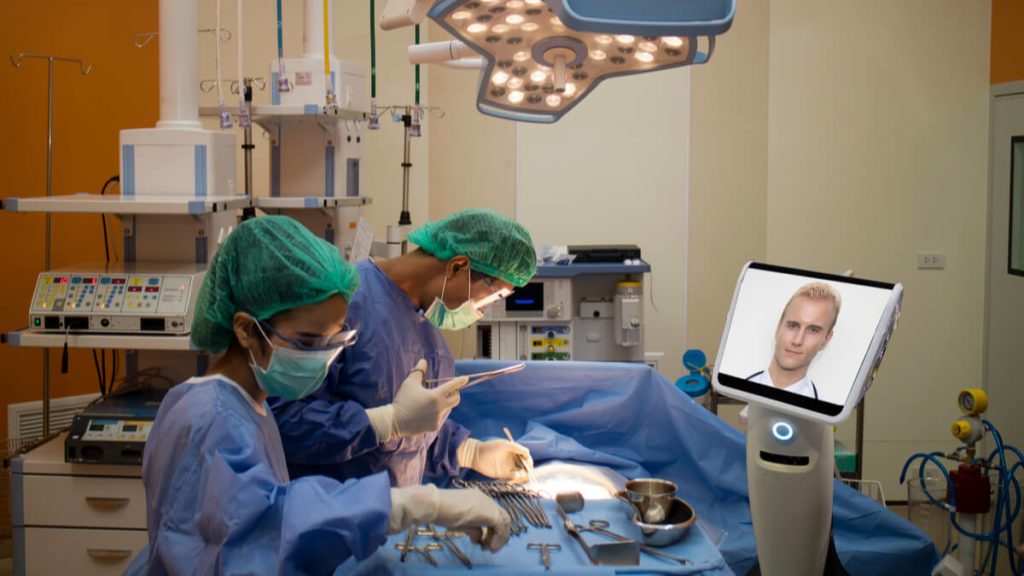
A digital design specialist from the Annenberg School for Communication has successfully created a 360-degree VR video demonstrating COVID-19 treatment procedures to prepare medical staff that are in remote locations to respond to emergency cases.
VR is a fully immersive technology that can benefit medical personnel by generating 3D, interactive environments in settings that are usually too hard to simulate with simple 2D graphics, the video here, was filmed in the Emergency Department in the Hospital of the University of Pennsylvania. Via operation performed on a mannequin, the video illustrates a doctor treating a COVID-19 patient that is suffering from respiratory failure.
Even though the video is available to almost everyone, it was specifically made for healthcare providers that have been exposed to high levels of critically ill COVID-19 patients. The video can be accessed by medical staff via YouTube and Annenberg’s website through a computer screen or even with a VR headset.
Kyle Cassidy, Annenberg digital design specialist, has spearheaded the project when he first created a VR video back in 2018 to teach people how to use Narcan, an anti-opioid overdose reversal agent. After Cassidy presented a paper regarding the video at a healthcare conference, a physician at Weill Cornell medicine, Kevin Ching, reached out to Cassidy in mid-Apil asking him for help in developing an educational VR video that highlights Coronavirus treatment practices.
Lauren Weinberger Conlon, Assistant Professor of Emergency Medicine at the Hospital of the University of Pennsylvania, serves as the video’s principal actor as an attending physician, has mentioned that the project deeply focuses on VR video demonstrating COVID-19 resuscitation of a patient with respiratory distress. Conlon worked closely with Ching, as well as Weill colleagues, Amos Shemesh and Neel Naik, in order to draft the video script and ensure that information presented was clear and consistent.
To make the video come to life, Cassidy used a special camera with six outward facing lenses from Penn Libraries Vitale Digital Media Lab to capture a realistic 360-degree perspective of the hospital setting and surroundings. The VR aspect of Annenberg video makes it easier for the medical staff to better prepare for the possibility of distractions in a high-pressure atmosphere as they treat a COVID-19 patient with respiratory failure.
Cassidy mentioned that there is an in-person aspect to medical teaching which often requires people to look in different directions, to physically touch something, see something move, formulate a decision, and see the outcomes of their decisions.
A recording studio assistant for Vitale Digital Media Lab at Penn, Christopher Vandegrift, edited the majority of the video by stitching the six lenses of the camera closely together, and by adding noise and lighting adjustment, and inserting onscreen graphics all in order to produce the VR video demonstrating COVID-19 resuscitation techniques. The video took around 20 to 40 hours to edit after receiving the unedited version. Vandegrift mentioned that VR makes it real and immersive in a way that normal video would not be able to capture.